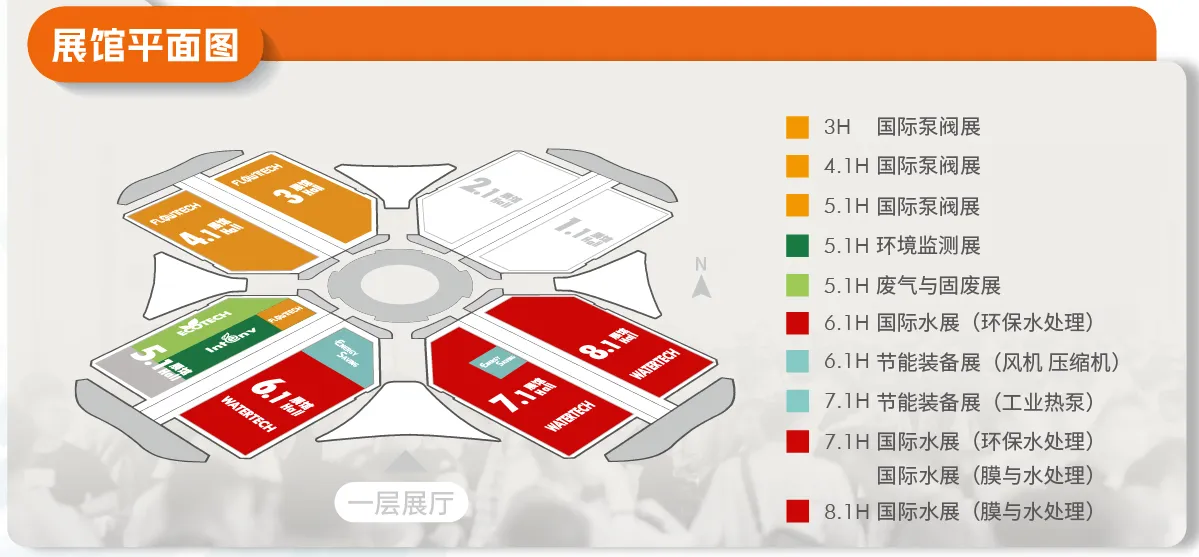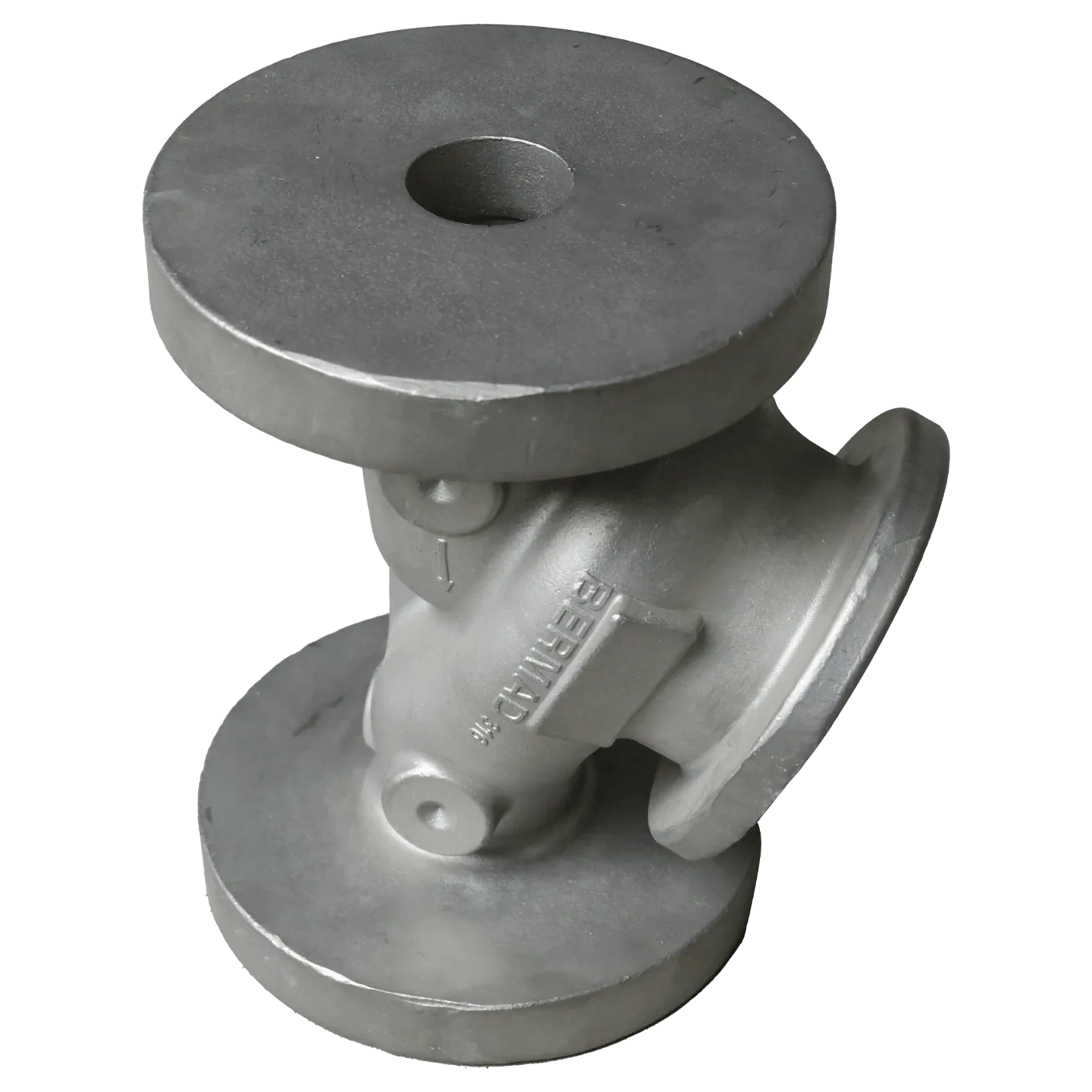Mobile:+86-311-808-126-83
Email:info@ydcastings.com
Precision Aluminum Casting Services 7075 & Green Sand Experts
- Overview of Aluminum Casting Processes
- Technical Advantages Across Methods
- Market-Leading Manufacturers Compared
- Customization Strategies for Specific Needs
- Performance Metrics in Industrial Applications
- Cost-Efficiency Analysis by Volume
- Future Trends in Aluminum Component Fabrication

(aluminum casting)
Understanding Aluminum Casting Fundamentals
Modern aluminum casting
spans multiple specialized techniques, each addressing distinct industrial requirements. Three primary methods dominate the sector:
- Green sand casting achieves 92-95% dimensional accuracy for high-volume orders
- Investment casting delivers ±0.1mm tolerances for aerospace components
- 7075 aluminum alloy processing provides 572 MPa tensile strength
Industry data reveals a 14.3% CAGR growth in precision aluminum components since 2020, driven by automotive electrification and renewable energy infrastructure.
Technical Superiority in Metallurgical Processes
| Method | Cycle Time | Surface Finish (Ra) | Minimum Wall Thickness |
|---|---|---|---|
| Green Sand | 48-72 hrs | 12.5-25 μm | 3.5 mm |
| Investment | 120-168 hrs | 1.6-3.2 μm | 1.0 mm |
| Die Casting | 24-36 hrs | 0.8-1.6 μm | 0.8 mm |
Notably, aluminum investment casting companies have reduced porosity defects by 62% through vacuum-assisted techniques since 2018.
Manufacturer Capability Benchmarking
| Vendor | Specialization | Annual Capacity | Lead Time |
|---|---|---|---|
| Precision Castparts Corp. | Aerospace Investment Casting | 18,000 tons | 10-14 weeks |
| Alcoa Howmet | 7075 Alloy Components | 32,000 tons | 6-8 weeks |
| Dynacast | Automotive Die Casting | 45,000 tons | 3-5 weeks |
Tailored Production Solutions
Leading suppliers now offer hybrid approaches combining aluminum green sand casting with CNC machining, achieving 0.05mm positional accuracy for complex geometries. This integration reduces post-processing costs by 28-34% compared to traditional methods.
Application-Specific Performance Data
- Electric vehicle battery housings: 12.7% weight reduction via thin-wall casting
- Hydraulic valve bodies: 27% improvement in pressure resistance
- Drone components: 0.22g/cm³ density reduction with optimized 7075 alloys
Economic Viability Analysis
Break-even analysis demonstrates casting 7075 aluminum becomes cost-effective at 2,500+ units for automotive applications. For prototype quantities below 500 pieces, investment casting shows 19% lower tooling expenses than die casting alternatives.
Innovations in Aluminum Casting Technology
The development of AI-powered pattern recognition systems has increased quality control efficiency by 41% in aluminum casting operations. Major foundries are adopting blockchain-enabled material tracking to meet AS9100D aerospace certification requirements.

(aluminum casting)
FAQS on aluminum casting
Q: What are the advantages of aluminum green sand casting?
A: Aluminum green sand casting offers cost-effectiveness for high-volume production, uses recyclable sand molds, and provides good dimensional accuracy for medium-complexity parts.
Q: Can 7075 aluminum alloy be used for casting processes?
A: While 7075 aluminum is primarily known for machining and forging, casting it is challenging due to high hot cracking susceptibility. Specialized techniques like squeeze casting may be required.
Q: What services do aluminum investment casting companies typically provide?
A: These companies specialize in precision aluminum parts using wax molds, offer custom designs for complex geometries, and often include post-casting treatments like heat or surface finishing.
Q: How does green sand casting differ from investment casting for aluminum?
A: Green sand casting uses compacted sand molds for faster, low-cost production, while investment casting employs ceramic molds for intricate designs and superior surface finish at higher costs.
Q: What industries commonly use aluminum green sand casting?
A: It’s widely used in automotive (engine components), aerospace (non-critical parts), and industrial machinery due to its balance of affordability and performance for bulk production.
-
Impeller Technology That Powers Precision in Pump SystemsNewsMay.22,2025
-
Valve Durability Begins with Quality Cast Iron ComponentsNewsMay.22,2025
-
Performance Cooling with Advanced Automobile Water Pump SolutionsNewsMay.22,2025
-
How Motor Housing and Oil Pans Shape Engine PerformanceNewsMay.22,2025
-
How Metal Castings Drive Modern Manufacturing EfficiencyNewsMay.22,2025
-
Exploring the Engineering Behind Valve Body CastingsNewsMay.22,2025











